A Guide for Businesses Introduction: As trivial as it may seem, the average plastic spoon size plays a crucial role in many businesses that rely on these essential utensils. From restaurants and food service providers to office cafeterias and catering companies, understanding the specifics of plastic spoon sizes can make a significant difference in ensuring customer satisfaction and optimizing operations. In this article, we will delve into the dimensions, attributes, and benefits of the average plastic spoon size, providing valuable insights for businesses. 1. The Dimensions of Average Plastic Spoon Size: The average plastic spoon commonly used in the food industry typically measures around 5.75 to 6.25 inches in length and 1 to 1.25 inches in width. However, it is important to note that these dimensions can vary slightly depending on the specific design and intended use. Businesses should consider the intended applications when selecting the appropriate plastic spoon size, such as for soups, desserts, or stirring hot drinks.
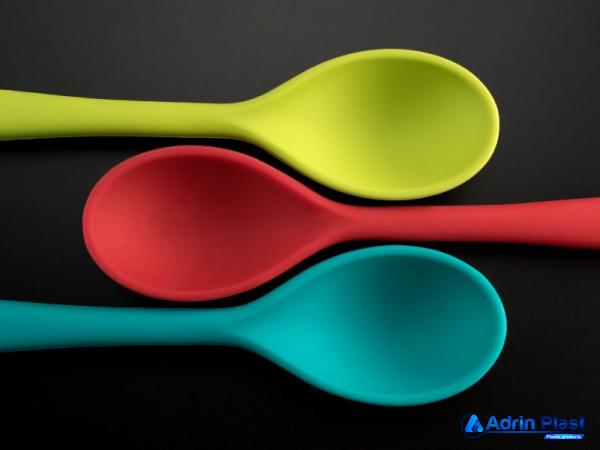
.
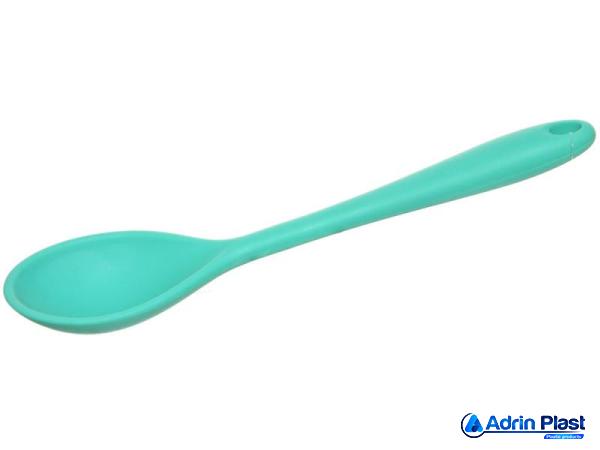 2. Attributes of the Average Plastic Spoon Size: a. Strength and Durability: The average plastic spoon size is designed to be sturdy enough to handle most meals without bending or breaking. By ensuring a spoon’s durability, businesses can enhance customer experience and reduce the chances of accidents or dissatisfaction. b. Comfort and Ergonomics: The size and shape of the average plastic spoon are designed to provide users with a comfortable grip and an enjoyable eating experience. Smooth edges and appropriate spoon dimensions contribute to overall user satisfaction, making customers feel more at ease while enjoying their meals. c. Portion Control: The relatively uniform size of average plastic spoons allows for consistent portion control, aiding businesses in maintaining menu portions and controlling costs. 3. Benefits for Businesses: Understanding the details of the average plastic spoon size provides a range of benefits for businesses, including: a. Cost Optimization: By purchasing spoons in bulk based on the average size, businesses can maximize cost-effectiveness and streamline procurement processes. b. Menu Planning: Knowing the average plastic spoon size allows businesses to accurately plan and portion their menu items, ensuring consistent and satisfying servings for customers. c. Enhancing the Customer Experience: Consistency in size, quality, and functionality of plastic spoons contributes to an overall positive dining experience, leading to customer satisfaction and potential repeat business.
2. Attributes of the Average Plastic Spoon Size: a. Strength and Durability: The average plastic spoon size is designed to be sturdy enough to handle most meals without bending or breaking. By ensuring a spoon’s durability, businesses can enhance customer experience and reduce the chances of accidents or dissatisfaction. b. Comfort and Ergonomics: The size and shape of the average plastic spoon are designed to provide users with a comfortable grip and an enjoyable eating experience. Smooth edges and appropriate spoon dimensions contribute to overall user satisfaction, making customers feel more at ease while enjoying their meals. c. Portion Control: The relatively uniform size of average plastic spoons allows for consistent portion control, aiding businesses in maintaining menu portions and controlling costs. 3. Benefits for Businesses: Understanding the details of the average plastic spoon size provides a range of benefits for businesses, including: a. Cost Optimization: By purchasing spoons in bulk based on the average size, businesses can maximize cost-effectiveness and streamline procurement processes. b. Menu Planning: Knowing the average plastic spoon size allows businesses to accurately plan and portion their menu items, ensuring consistent and satisfying servings for customers. c. Enhancing the Customer Experience: Consistency in size, quality, and functionality of plastic spoons contributes to an overall positive dining experience, leading to customer satisfaction and potential repeat business.
..
 d. Environmental Considerations: Being aware of average plastic spoon sizes assists businesses in making eco-friendly choices. For instance, opting for compostable or biodegradable alternatives that match the average sizes helps reduce plastic waste. Conclusion: While average plastic spoon sizing may seem like a minor aspect of business operations, its impact on cost-effectiveness, customer satisfaction, and even environmental considerations should not be underestimated. By understanding the dimensions, attributes, and benefits associated with these utensils, businesses can make informed decisions when it comes to purchasing and utilizing plastic spoons. By taking into account the average size and its related factors, companies can enhance their operations, minimize costs, and provide a more pleasurable dining experience for their customers.By prioritizing the understanding of the average plastic spoon size, businesses can ensure consistency across their operations, from food portioning to customer experience. Here are a few additional considerations to keep in mind: 4. Selecting the Right Plastic Spoon Size: When choosing the appropriate plastic spoon size for your business, consider factors such as the type of food being served, the intended use of the spoon, and customer preferences. For example, if your establishment serves mainly soups or stews, opting for a slightly larger spoon size might be more suitable. On the other hand, for dessert or tasting portions, a smaller spoon size may be preferred. 5. Customizing Plastic Spoon Sizes: In some cases, businesses may require customized plastic spoon sizes to cater to unique needs or branding. Customization offers the opportunity to differentiate your business and showcase attention to detail. However, keep in mind that customized spoon sizes may come at a premium cost and can affect the availability of bulk purchasing options.
d. Environmental Considerations: Being aware of average plastic spoon sizes assists businesses in making eco-friendly choices. For instance, opting for compostable or biodegradable alternatives that match the average sizes helps reduce plastic waste. Conclusion: While average plastic spoon sizing may seem like a minor aspect of business operations, its impact on cost-effectiveness, customer satisfaction, and even environmental considerations should not be underestimated. By understanding the dimensions, attributes, and benefits associated with these utensils, businesses can make informed decisions when it comes to purchasing and utilizing plastic spoons. By taking into account the average size and its related factors, companies can enhance their operations, minimize costs, and provide a more pleasurable dining experience for their customers.By prioritizing the understanding of the average plastic spoon size, businesses can ensure consistency across their operations, from food portioning to customer experience. Here are a few additional considerations to keep in mind: 4. Selecting the Right Plastic Spoon Size: When choosing the appropriate plastic spoon size for your business, consider factors such as the type of food being served, the intended use of the spoon, and customer preferences. For example, if your establishment serves mainly soups or stews, opting for a slightly larger spoon size might be more suitable. On the other hand, for dessert or tasting portions, a smaller spoon size may be preferred. 5. Customizing Plastic Spoon Sizes: In some cases, businesses may require customized plastic spoon sizes to cater to unique needs or branding. Customization offers the opportunity to differentiate your business and showcase attention to detail. However, keep in mind that customized spoon sizes may come at a premium cost and can affect the availability of bulk purchasing options.
…
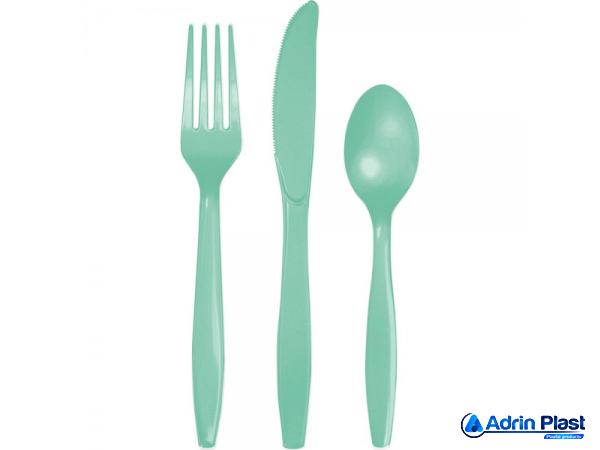 6. Ensuring Compliance with Health Standards: It’s essential to ensure that the average plastic spoon size complies with health and safety regulations. Check with local health departments or governing bodies to ensure that your chosen spoon size meets the standards set for your specific industry. Compliance will help avoid potential legal implications and protect the overall reputation of your business. 7. Considering Packaging and Storage: When determining the average plastic spoon size, consider the packaging and storage implications as well. Ensure that the spoon size fits neatly into storage containers, can be easily stacked, and is compatible with existing packaging solutions, such as portioned cutlery kits or take-out containers. Efficient storage and packaging solutions contribute to streamlined operations and reduce wastefulness. 8. Exploring Sustainable Alternatives: In recent years, there has been a growing demand for sustainable alternatives to traditional plastic utensils. When considering the average plastic spoon size, businesses can investigate eco-friendly options, such as compostable or biodegradable utensils. These alternatives maintain the functionality and size of traditional plastic spoons while minimizing negative environmental impacts. In conclusion, understanding the average plastic spoon size is crucial for businesses that rely on these utensils to serve their customers. By considering the dimensions, attributes, benefits, and additional considerations outlined in this article, businesses can make informed decisions that optimize operational efficiency, ensure customer satisfaction, and align with environmental objectives. Ultimately, precise attention to the average plastic spoon size can contribute to the overall success and reputation of a business in the foodservice industry.
6. Ensuring Compliance with Health Standards: It’s essential to ensure that the average plastic spoon size complies with health and safety regulations. Check with local health departments or governing bodies to ensure that your chosen spoon size meets the standards set for your specific industry. Compliance will help avoid potential legal implications and protect the overall reputation of your business. 7. Considering Packaging and Storage: When determining the average plastic spoon size, consider the packaging and storage implications as well. Ensure that the spoon size fits neatly into storage containers, can be easily stacked, and is compatible with existing packaging solutions, such as portioned cutlery kits or take-out containers. Efficient storage and packaging solutions contribute to streamlined operations and reduce wastefulness. 8. Exploring Sustainable Alternatives: In recent years, there has been a growing demand for sustainable alternatives to traditional plastic utensils. When considering the average plastic spoon size, businesses can investigate eco-friendly options, such as compostable or biodegradable utensils. These alternatives maintain the functionality and size of traditional plastic spoons while minimizing negative environmental impacts. In conclusion, understanding the average plastic spoon size is crucial for businesses that rely on these utensils to serve their customers. By considering the dimensions, attributes, benefits, and additional considerations outlined in this article, businesses can make informed decisions that optimize operational efficiency, ensure customer satisfaction, and align with environmental objectives. Ultimately, precise attention to the average plastic spoon size can contribute to the overall success and reputation of a business in the foodservice industry.


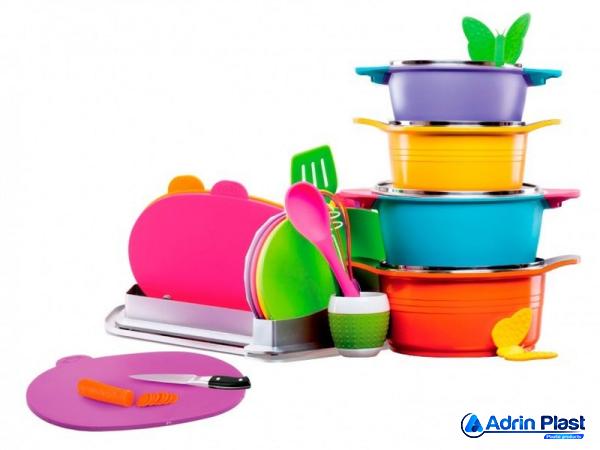
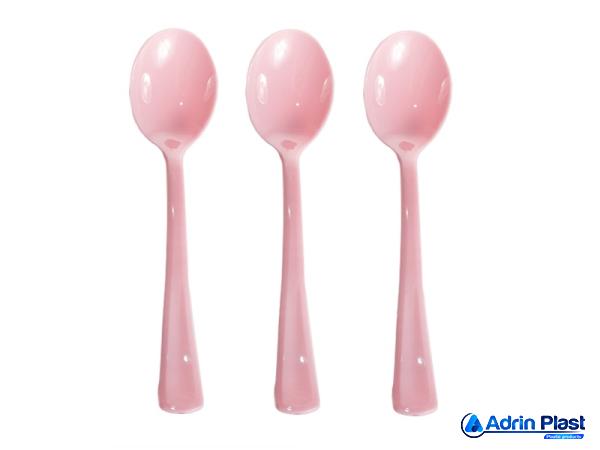

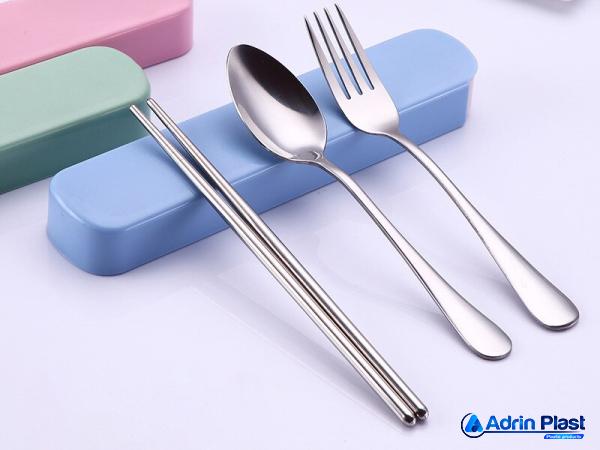
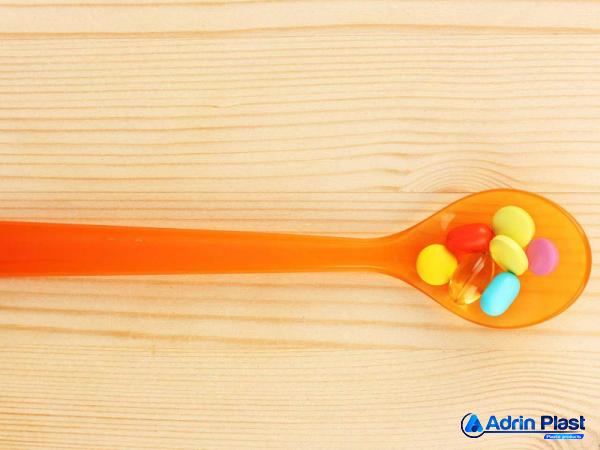
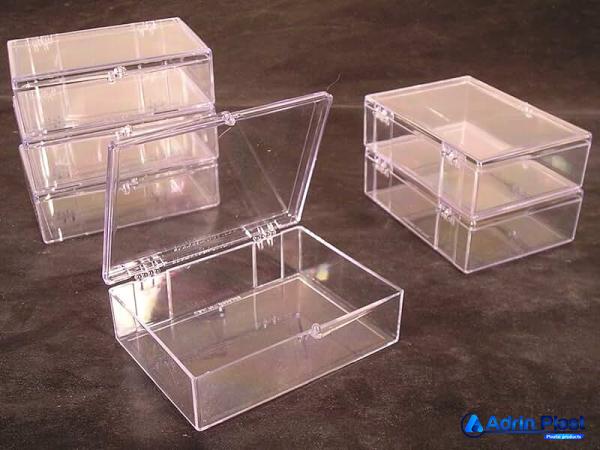
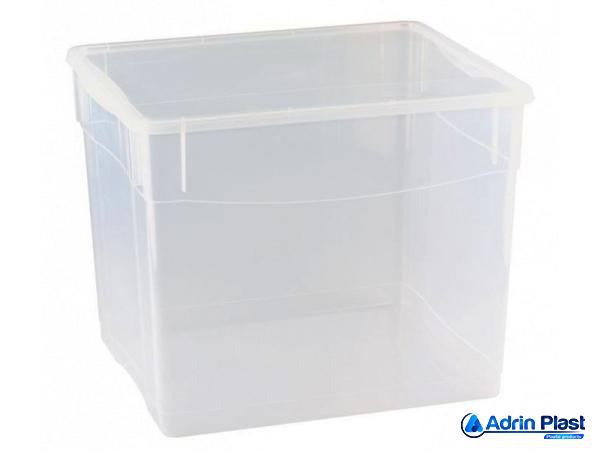
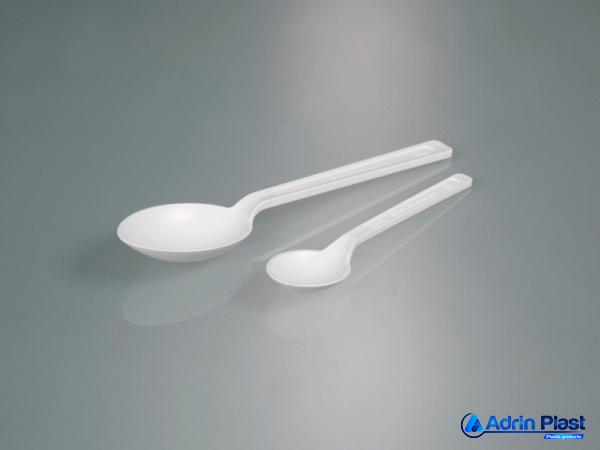
Your comment submitted.